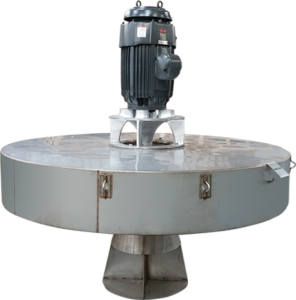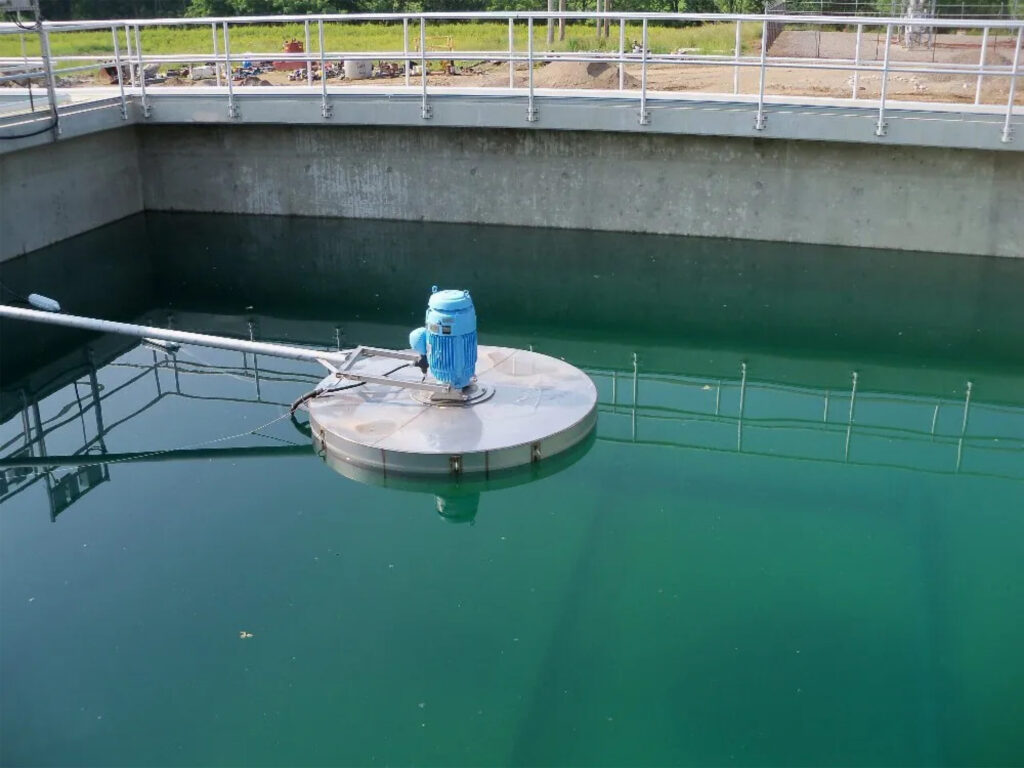05
Aerator
Aeration is part of the secondary treatment process in municipal and industrial wastewater treatment. The activated sludge process is the most common option in secondary treatment,
Aeration is an activated sludge process, that promotes microbial growth in the wastewater. The microbes feed on organic material, forming flocks that easily settle out. Once settled in a separate settling tank, bacteria forming the “activated sludge” flocks are continually recirculated back to the aeration basin, increasing decomposition rates.
In industrial use, the most common method of aeration is water-fall aeration, through spray nozzles. There is also the air diffusion method of aeration, in which air is diffused into a receiving vessel containing counter-current flowing water.
Aeration is used in liquids, soils and foods to improve quality and reduce contamination. The process is used to oxidize soluble iron and manganese to insoluble precipitates. Aeration can also reduce ammonia and hydrogen sulfide and is ideal for bacteria control.
When it comes to industrial water conditioning, the major objective of aeration is to remove carbon dioxide>

